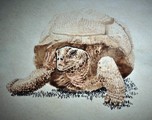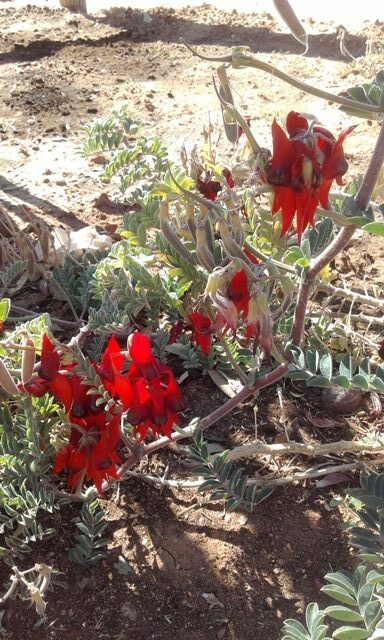
Nature’s credibility for success –
The Earth is its own resource
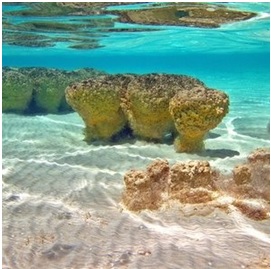
Stromatolites – Greek for ‘layered rock’ – are microbial reefs created by cyanobacteria (formerly known as blue-green algae are a division of microorganisms that are related to the bacteria but are capable of photosynthesis. They are prokaryotic and represent the earliest known form of life on the earth. From Oxford).
Oxygenic photosynthetic bacteria perform photosynthesis in a similar manner to plants. They contain light-harvesting pigments (as chlorophyll does for plants), absorb carbon dioxide, and release oxygen.1 Stromatolite deposits are formed by sediment trapping and binding, and/or by precipitation activities of the microbial communities (Awramik 1976). The microbes are active on the surface layer of the Stromatolites, while the underlying build-up is a lithified [hardened into stone] remnant of former microbial surface communities, that could be interpreted as a trace-fossil.
These deposits built up very slowly: a single one metre structure may be 2,000 to 3,000 years old. But the tiny microbes that make up modern Stromatolites are similar to organism that existed 3.5 billion years ago. Stromatolites have thrived for almost 85% of the earths history, they play a crucial role in regulating sedimentation and global biogeochemical cycles.
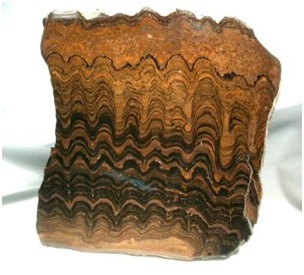
Microbial lithfication represents the major evolutionary advance that enabled stromatolites to thrive for so long. Stromatolites are essentially a buildup of microbial mats that grew on top of each other with the upper most layer being occupied by bacterial colonies however not all lithifying mats form stromatolites, just those that form layer upon layer. Microbial mats form extensive platforms for trapping and cementing sediment. They are vertically laminated, sedimentary biofilms. Found in ares such as lagoons, marine subtidal zones, lakes, fresh water rivers and hypersaline ponds
Sustaining us today
Agricultural practices evolved gradually to replace hunting and gathering cultures with a few remote exceptions like the San and the Inuit whose habitat provides all the need to sustain them.
World over indigenous peoples and their native habitat is being displaced by super sized technologically advanced machines to rip out what ever efficiently fashionable resource they crave; gold, silver, metallic ores, oil and coal. One million years after the first humans formed tribal culture we are still scrapping away vegetation, humus and nutrient rich top soils to mine coal. That soil from its first terrestrial inputs has taken 4 billion years to evolve. Life in all its wondrous forms has spread to cover the planet. Plants converted sun’s energy to simple sugars providing nutrients for insects that flew to cross pollinate. Fish thrived on animals that eat the tidal sediment, and birds navigated over the waters and caught the fish. Their waste was all recycled as nutrients for plant life.
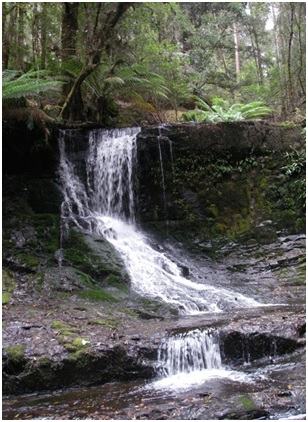
The failures fossilized, survivors are the winners that live with what nature provides without burning the fuel that was fossilized millions of years ago.
Scientific revolution
Global expedition for trade sustained an interest in natural science. Botanist Joseph Banks2 brought extensive collections of rock samples and wildlife back from eastern North America. He also returned to England with experience of transport across oceans. The British benefitted from James Cook’s pacific surveys, substantially funded by Banks the philanthropist who took a staff of eight; naturalists, artists, tenant servants, and his own library of natural history. They gathered large collections of specimens recorded detailed observations at; Rio de Janeiro, Tierra del Fuego, Tahiti, New Zealand and the eastern coast of Australia, New Guinea coast, the island of Savu, Jakarta, the Cape of Good Hope and St Helena. The findings of his collections and journals eventually became available to; the Navy Board; the Royal Society, the Society of Arts, the Dilettante Society, the Society of Antiquaries, the Royal Institution, the Engineers’ Society, the Literary Club, the Horticultural Society, the Institut de France, the Linnean Society, the British Museum, the Board of Longitude, the Coin Committee and Committee of Trade of the Privy Council.
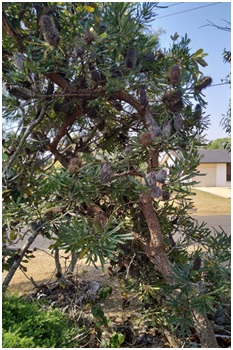
He paid collectors to acquire specimens from the Cape, West Africa, the East Indies, South America, India, Australia. Further from the voyages of Cook’s , Bligh’s voyage to the South Seas, and George Vancouver’s voyage more collections were gathered included in the 7000 new exotic plants for collections of King George III now exhibited at Kew Gardens. I applaud the extent of his collections of drawings, seeds, live plants as a genetic resource for the enrichment of botanical knowledge.
Industrial revolution
Smoke belching chimneys over factories black from soot was the sight of the workplace for most city workers of the late 18th century. Machines we know from their iconic names;
- Spinning Jenny wound thread on multiple spindles,
- Water Frame powered spinning machines,
- Industrial Power Loom displaced the flying shuttle and mechanized fabric weaving,
- Bessemer process for smelting manganese steel. The converter blasted the charge of pig iron with heated air liquefying the steel to pour it off separate from the residue.
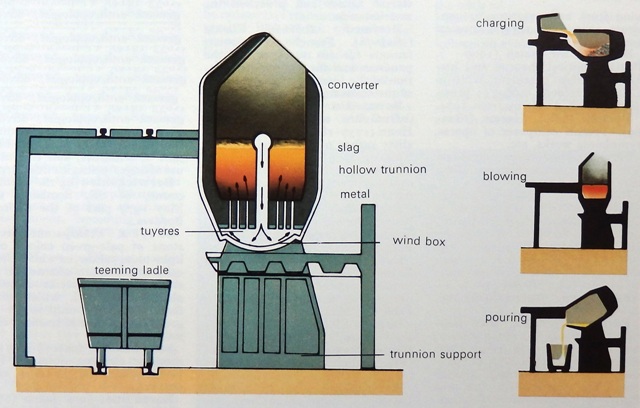
- Newcomen’s atmospheric engine converted steam to pumping action, modified by,
- James Watt’s Steam Engine employed to pump water out of mines.
- Dynamite made of nitroglycerin, sorbents and stabilizers one of which was “diatomaceous earth”, which is a soft rock mostly made of fossilized algae.. Invented by chemist and engineer Alfred Nobel 1860’s it rapidly gained wide-scale use as a more powerful alternative to black powder.
- Seed drill is a horse drawn devise that sows the seeds for crops by delivering them into the soil at the proper seeding rate and burying them to a specific depth. This ensures that seeds will be distributed evenly to maximize crop growth.
- Puddling was an important step in processes of making appreciable volumes of high-grade bar iron during the Industrial Revolution. In the early puddling method, molten iron in a reverberatory furnace was stirred with rods, which were consumed in the process.

Mechanisation to increase productivity was in full swing making more quickly drove industry to new highs. Flour milling had used the water wheel for centuries, but then the steam engine arrived then materials and products could be transported in bulk.
Now we have the petro-chemical and genetic engineering revolutions. ‘Predetermine DNA to do our bidding, then we feed it into the juggernaut of technology’ monopolizing vast areas to produce crops where nothing is allowed to compete for resources
An ecological tenant that even humans must abide; ‘a species cannot occupy a niche that appropriates all resources.’3 Our habitats the cities and their surrounding agricultural plains are not self sustaining, they require great volumes of inputs from other zones, hence they are unstable. And chaos theory tells us a system which is unstable is likely to change.
Natural evolution leapt in breakouts of climatic crisis after long plateaus of constancy. Particulate clouds in a sunless winter after an asteroid exploded in the Mexican Gulf off the Yucatán Peninsular ended a 100 million year reign of the mega fauna. The understanding of natural science is doubling every 5 years, the impetus is coming from technology like satellite sensing, drone photography, neutron microscopic vision and we see more clearly the patterns of systems. Innovations have already been achieved in some form from observation of nature.
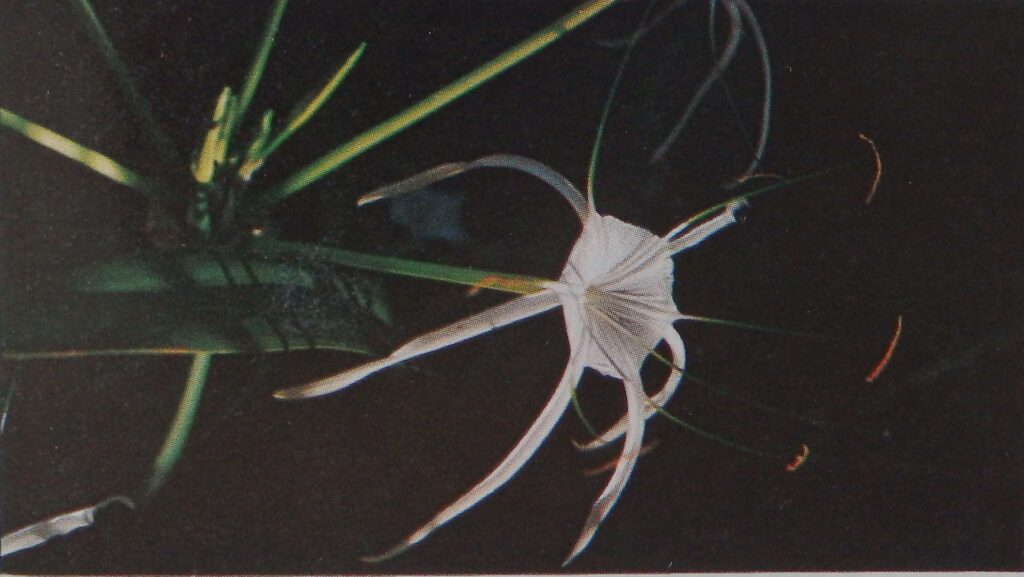
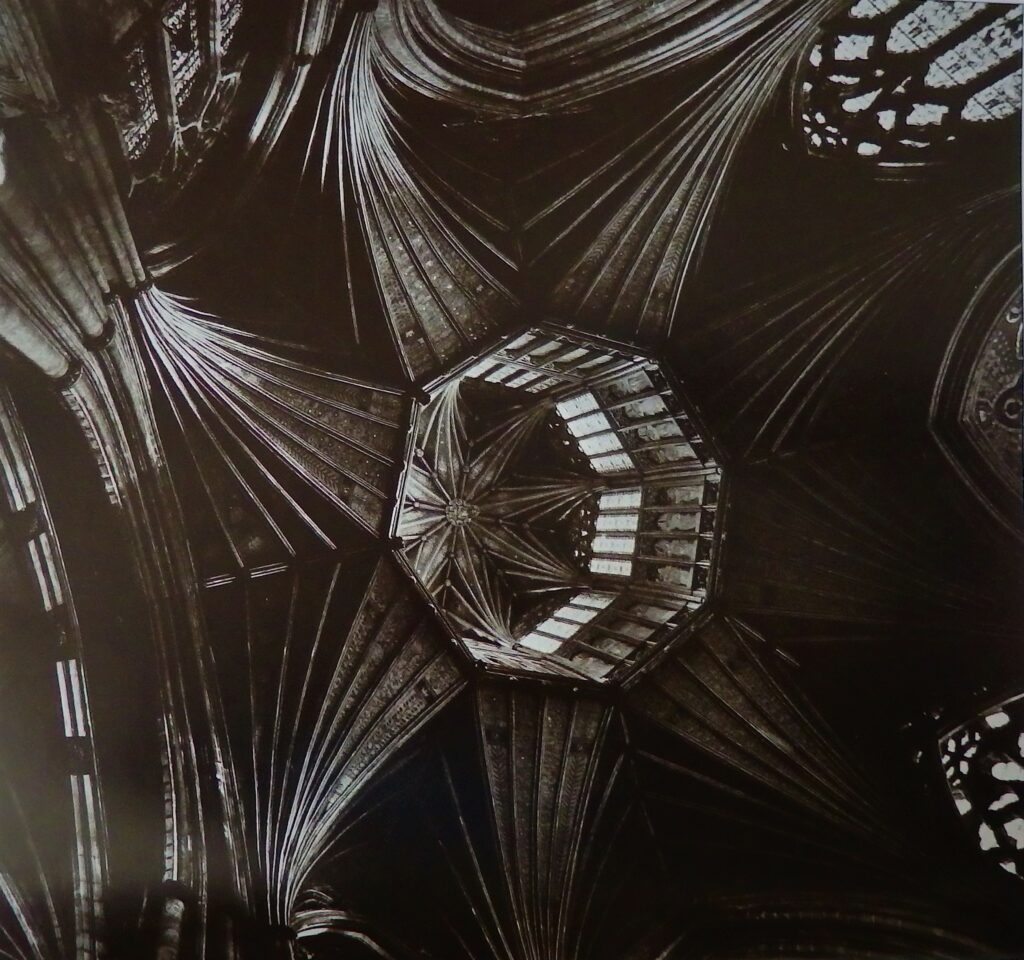
Ceiling structures reminiscent of plant forms.
Convection cooling towers similar to the nests of Grass cutter ants (LINK Blog) and termite mounds.

Radar similar to multi frequency echo sounding of bats.
Not only a wheel can be found in a rotary motor that propels the flagellum of ancient bacteria, our friend the E.coli.4
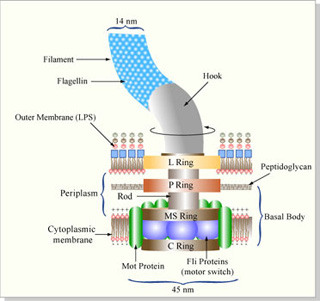
Diagram of a Flagellum in an E. Coli cell.5
Light from bioluminescent algae splash chemicals together to illuminate their bodies, similar to fire flies sometimes seen in forest habitats. There are more than 150 varieties and they each have their own flashing code for attracting mates.
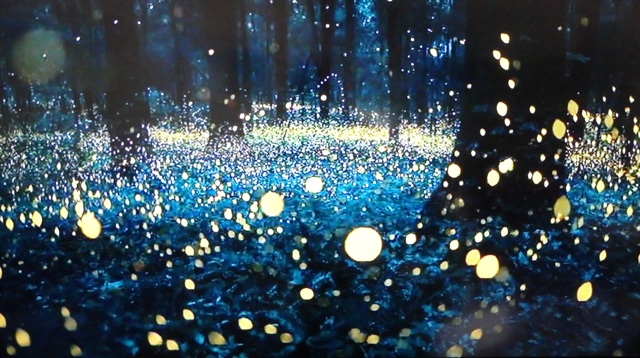
Arctic fish and some frogs have the ability to freeze solid then flaw without damaging their organs. Black bears hibernate all winter without poisoning themselves on their urea. While Polar bears roam all winter with fur coats of hollow transparent hairs that insulate their bodies like the glass heat exchangers we use to heat water from sunlight.
Camouflage, chameleons and cuttlefish hide without moving, changing the patterns of their skin to instantly blend into their surroundings.
Bees, turtles and birds navigate without maps. While whales, penguins and seals dive for long periods without aid of scuba equipment.
Dragonflies out maneuver helicopters. Hummingbirds cross over the Gulf of Mexico on less than 1/10th oz of fuel. Ants carry weights greater than their body weight in humid heat.
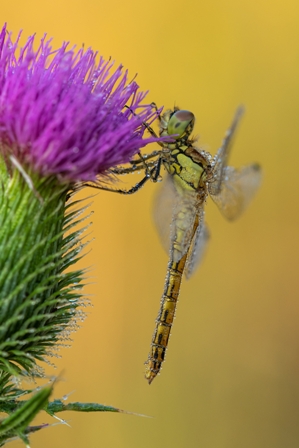
Referenced footnotes
Ref 1: photosynthesiseducation.com/photosynthesis-in-bacteria/
Ref 2: adb.anu.edu.au/biography/banks-sir-joseph-1737
Ref 3: Janine M. Benyas, Biomimcry
Ref 4: mcb.harvard.edu/research/remodeling-flagellar-motors-berg-lab/
Ref 5: Systems Microbiology, Biological Engineering, MIT. Photo ref: David Schauer, and Edward DeLong. 20.106J Systems Microbiology. Fall 2006. Massachusetts Institute of Technology: MIT OpenCourseWare.
